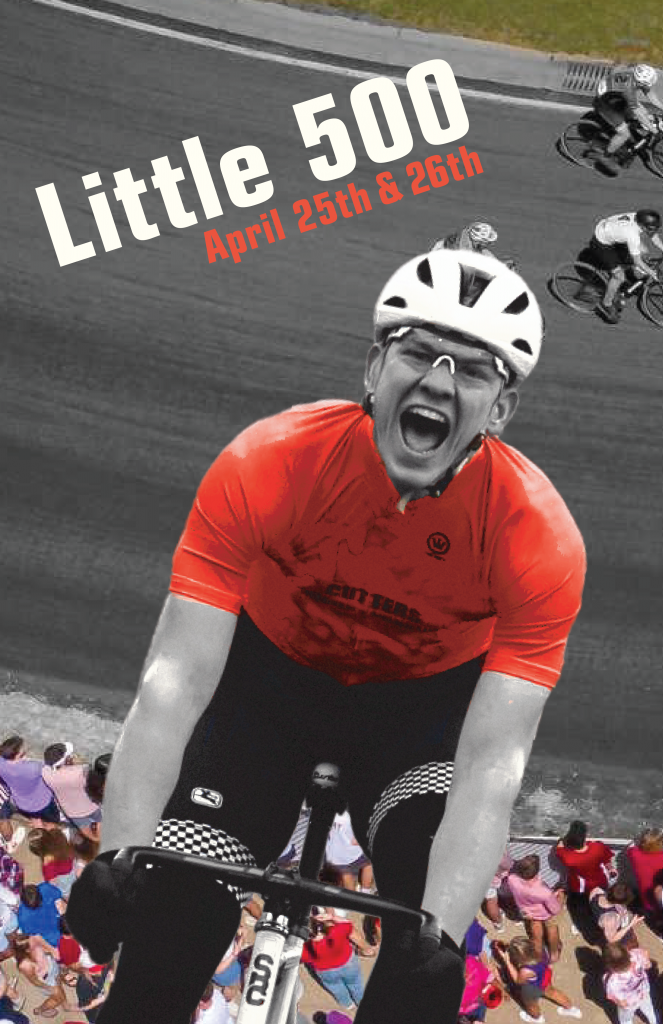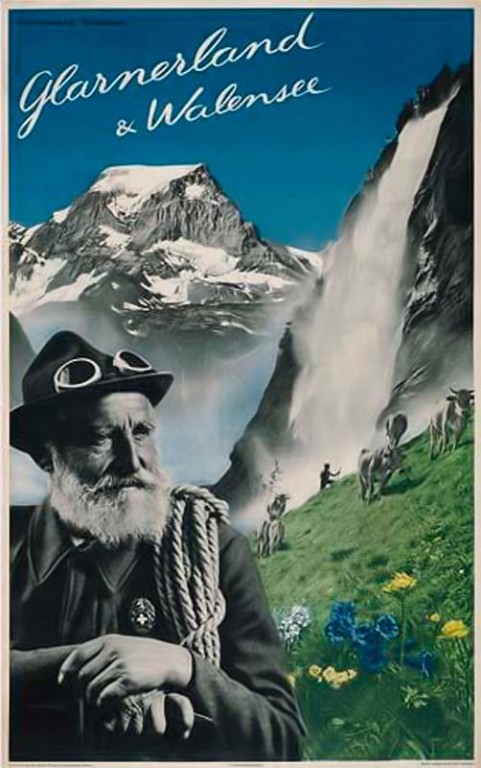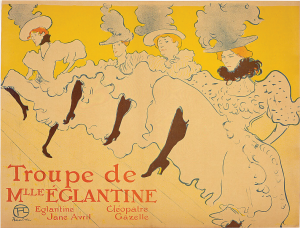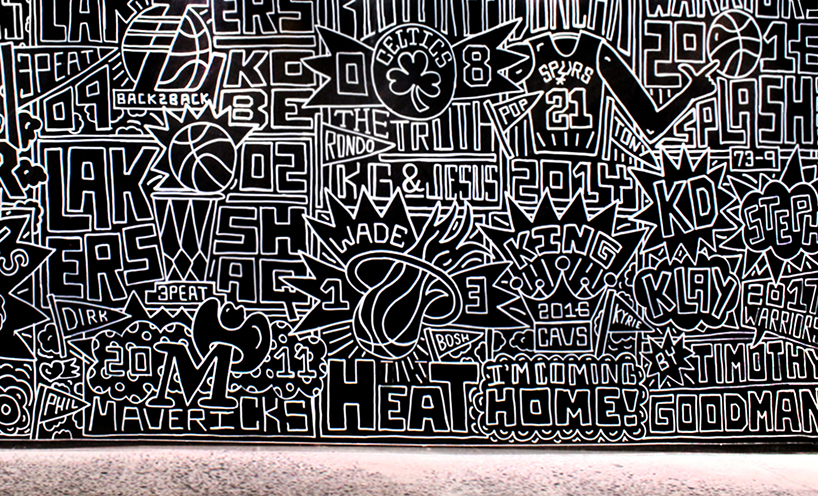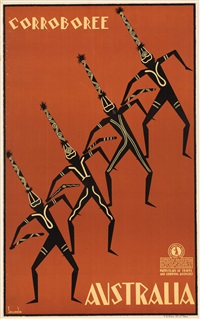Herbert Matter was born in Engelberg, Switzerland in 1907. Throughout his life he studied painting in Geneva and Paris before returning to Zurich to work for Swiss National Tourist Office. This is where his most well known work was created. His travel posters went on to earn him many awards and bring him many opportunities to showcase his talent in the design world.
When looking through the design books in class, I was immediately drawn to the Swiss style. The deep contrasts, simplicity, and pops of color stood out to me as truly effective posters. Most importantly, the use of photomontage solidified Swiss style as my choice. I’ve cycled through lots of different arts and crafts in my life, but scrapbooking or creating digital collages has always been my favorite. Once I saw Matter’s work, I knew he would be my choice.
As seen above, Matter typically finds a way to highlight the blue sky or traces of blue in his work. In creating my poster, I looked for a way to incorporate this, but ultimately it didn’t feel natural to my design. Instead I looked towards his usage of color pops, black and white photography, and bold diagonal type.
The most difficult part of this process was trying to recreate his style of photography. There is a almost a film-strip like grain over the pictures, sometimes making it confusing as to whether they are illustrations or highly edited images. I played around with many different combinations of filters and image adjustments before I felt like I had achieved close to his balance between image and illustration.
The most enjoyable part of this process was the creating the composition. Once I had my imagery and everything was filtered, I got to play around with his use of diagonal lines and recoloring parts of the images to create his signature pops of color. I knew I wanted to include some of the red-orange I had seen in his work, but I otherwise tried to keep the color palette stay true to the event. Although his work might seem a bit surreal, his colors are still natural to the images, just a bit more saturated at times.
Overall, I truly enjoyed my time working in the Swiss style. Although the posters may seem simple, there is a lot of work that happens on each individual image before they can be arranged. The effortless quality of Herbert Matter’s work comes from his deep knowledge of structure, color, and composition, as well as a love for his home country that is steeped into every poster.

